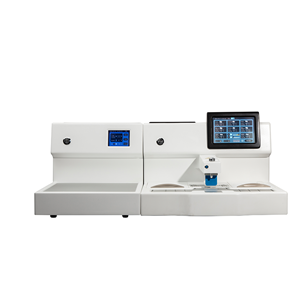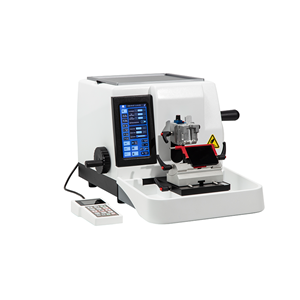The Crucial Role of Eyewash Stations in Pathology Laboratories
The Crucial Role of Eyewash Stations in Pathology Laboratories
Introduction:
In pathology laboratories, safety measures are paramount to protect researchers and professionals from potential hazards associated with handling chemicals and biological specimens. Among the essential safety equipment, eyewash stations play a crucial role in ensuring the well-being of laboratory personnel. This article explores the significance and application of eyewash stations in the field of pathology.
Importance of Eyewash Stations:
Pathology laboratories involve various procedures, including the handling of chemicals, biological samples, and potentially hazardous materials. Accidents such as chemical splashes or exposure to harmful substances can occur, posing a risk to the eyes. Eyewash stations are a vital component of laboratory safety infrastructure, providing immediate relief in case of eye contamination.
Immediate Response to Eye Contamination:
Eyewash stations are strategically placed in pathology laboratories to provide quick and easy access. In the event of accidental exposure to harmful substances, individuals can promptly use the eyewash station to flush their eyes. The immediate response is critical to minimizing the potential damage caused by chemical or biological exposure.
Compliance with Safety Standards:
Pathology laboratories must adhere to strict safety standards and regulations. The presence of eyewash stations is often a regulatory requirement to ensure that the laboratory meets occupational safety and health guidelines. Compliance with these standards not only protects the well-being of laboratory personnel but also contributes to the overall safety culture within the facility.
Training and Awareness:
Proper training on the use of eyewash stations is essential for all laboratory personnel. Regular safety drills and awareness programs educate individuals on the importance of eyewash stations and the correct procedures to follow in case of an emergency. This proactive approach enhances preparedness and ensures a swift and effective response when needed.
Location and Accessibility:
Eyewash stations should be strategically located in areas where potential eye hazards are present. High-risk zones, such as areas where chemicals are handled or biological specimens are processed, should have easily accessible eyewash stations. Clear signage indicating the location of eyewash stations contributes to quick identification during emergencies.
Conclusion:
In pathology laboratories, where the nature of work involves handling potentially hazardous materials, eyewash stations are indispensable for ensuring the safety and well-being of laboratory personnel. These stations provide a rapid and effective means of responding to eye contamination incidents, demonstrating the commitment of laboratories to the highest safety standards. Through proper training, awareness initiatives, and strategic placement, eyewash stations play a crucial role in safeguarding the eyesight and health of those working in the dynamic field of pathology.




